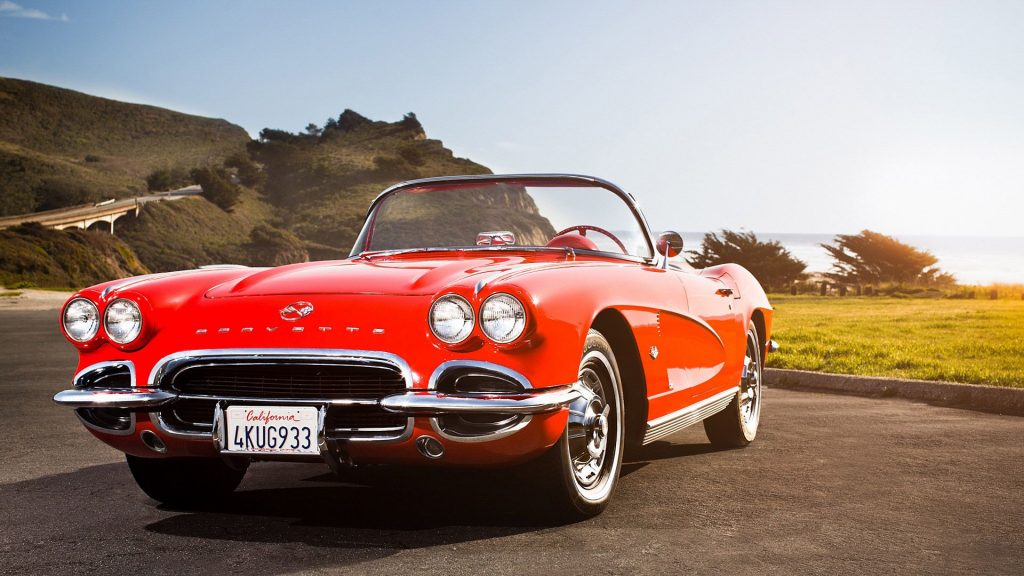Transporting a collectible car is one of the terrible fears of owners. These cars are sensitive to the slightest damage and not easy to deal with. Many collectors try to avoid such an option as much as possible. But, sometimes there’s no chance but to trust a classic car transport company and hand them the car’s keys. However, reaching that decision should go through comprehensive thinking about whether to go for an enclosed or open auto transport method. (Also check out our Classic Car Transportation Guide for help)
Even though the enclosed trailer is the safest choice for collectible vehicles, some circumstances might compel the owners to choose what they think is the less safe option, the open trucks. The truth is, open trucks could be a secure option if the owner knows how to prepare their collectible car well.
Planning to transport your vintage car? Here is everything you need to know:
Prepare the Collectible Vehicle for Shipping
Remove your personal belongings
Empty the car of all unique and valuable items; classic car transport companies don’t take responsibility for lost or damaged items. Don’t forget that open trailers don’t offer the proper protection from any possibility of theft.
Check all fluids levels
Starting with fuel level, some may think that a full tank is better, but it is not. The recommended fuel level is about one quarter only; it is enough for the load and unloads to reach a nearby gas station. A higher fuel level can cause unwanted problems and increase classic car shipping costs. As for the other fluids, you must fill them.
Tires and battery
The battery should be fully charged before the shipping to ensure that your classic and collectible car will be ready to start when it arrives. It is also essential to check the tires and inflate them to the proper level so you won’t face any troubles if you want to drive the car for a while.
Take care of all custom items
If your car has a convertible top, make sure to secure it as tight as possible, fold the side view mirrors, remove the antennas to prevent it from getting any damage, and disable the alarm to avoid any unnecessary nuisance during transportation.
Document your vehicle condition
The most important thing to do before the shipping is to document the car’s condition and take notes of every single detail; we also recommend taking some pictures or even recording a video and sending it to the classic cars transport company, so they take responsibility for all new damages if something happens.
Don’t cover the car
Even though open trailers don’t provide complete protection from dust, rain, and other external elements, covering your classic and collectible car isn’t the best thing to do if you want to add more protection. The speed will add more force to the cover resulting in some damage to the vehicle paint; that’s why using a car cover is not a wise choice; you can use it only while the collectible vehicle is in the garage.
Load the Classic Car
After preparing your car for the transportation process, it is essential to load it safely on the trailer by following these steps:
- The trailer should be parked on the flat and level patched ground, and the emergency brake should be on. The loading team has to extend the rear ramps to the ground, and two ramps usually provide trailers to load cars more safely.
- As for the collectible car, you have to line it up behind the trailer with its wheels lined up with the ramps and start driving slowly. Make sure to move with your car front facing the trailer, don’t back it up to the carrier. It may cause some swaying problems. But, you don’t have to bother about these details if you choose a reliable classic car transport company, they will do all the work for you.
Secure the Classic Car
Now the vehicle has been loaded safely on the trailer, the next thing to do is secure it; there are a few things you need to learn about:
Secure the tires
Classic car transport companies use tire straps suitable for small vehicles and keep cars steady using the trailers’ weight. The first one to secure is the left front tire. The belt must be opened, warped around the tire, and then pulled tight while paying extra attention, so the traps don’t get in touch with the car body or any crucial parts.
Axle straps
This type of strap is the best option for large vehicles and collectible cars made before 1990; the straps use the vehicle’s weight to keep it in place, unlike the tire straps, which depend on the trailers’ weight.
It may cause some damage to modern and small vehicles. Right to its name, axle straps must be wrapped around cars’ rear axles and then connected to the back sides of the trailer. Make sure the straps aren’t over-tightened to avoid damaging your car axle.
Choose a Trustworthy Company
The essential factor in guaranteeing your vehicle’s safety is to choose a reliable classic car transport company that can make the whole process easier and safer. Good companies have suitable equipment and a professional team to ensure the job is done the best way possible. They also provide insurance to cover all damage caused by the transportation process.
Conclusion
You might have heard that an open trailer is not safe to transport classic cars, which is not the whole truth; even with open trailers, your vehicle is still safe. It needs some preparation and a trustworthy company to perform secured transport operations and give your car all the attention and care required for a safe trip.
